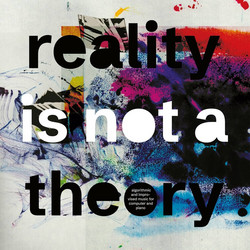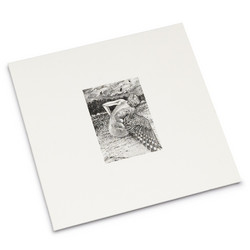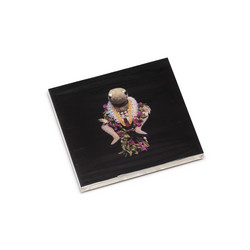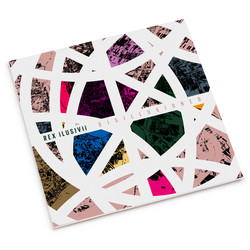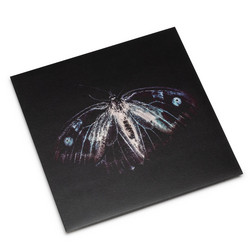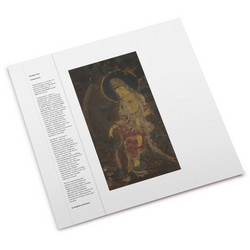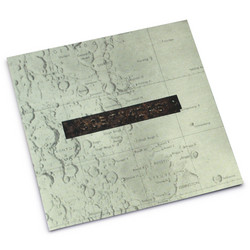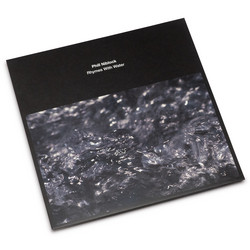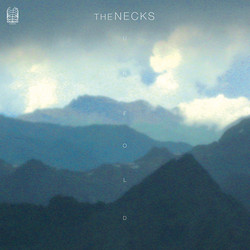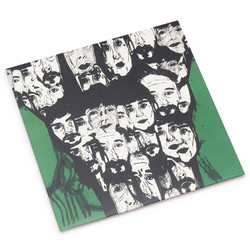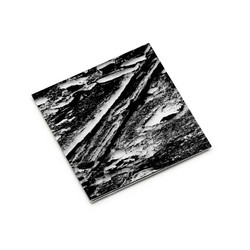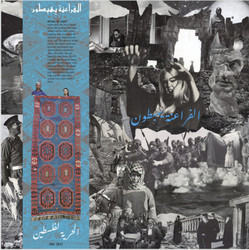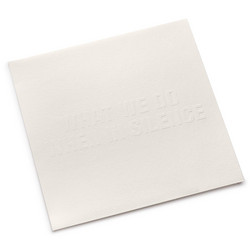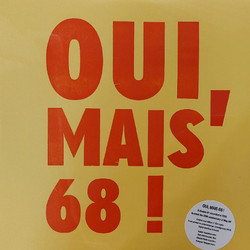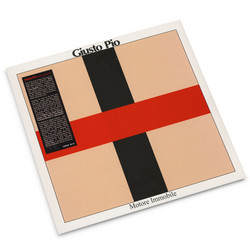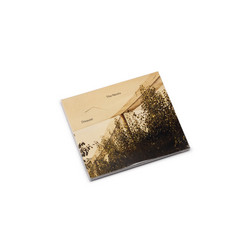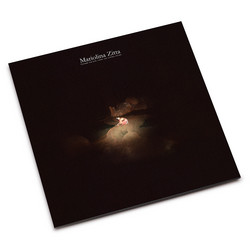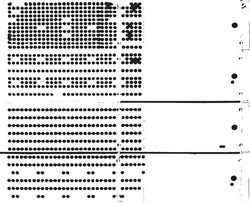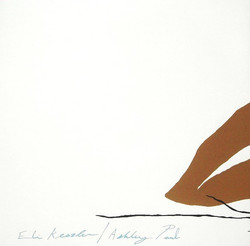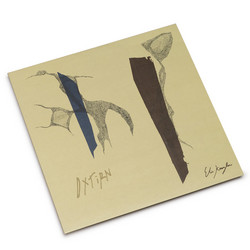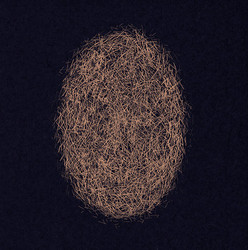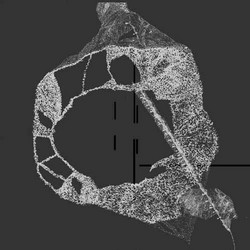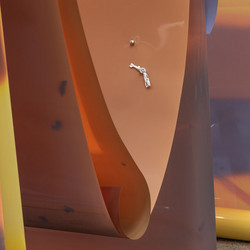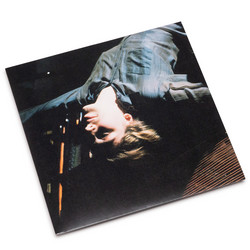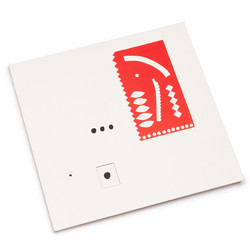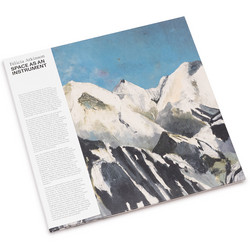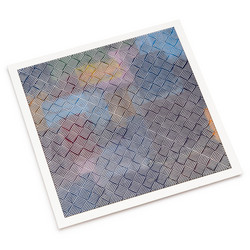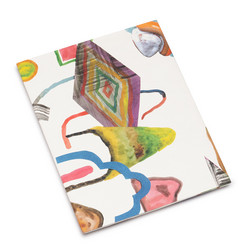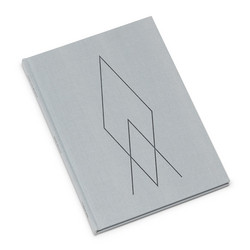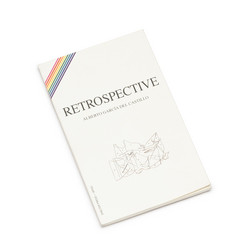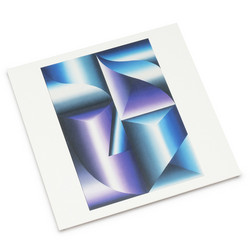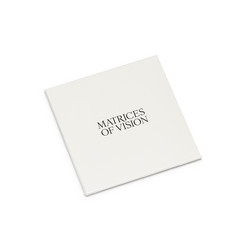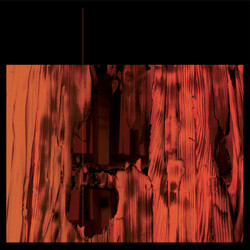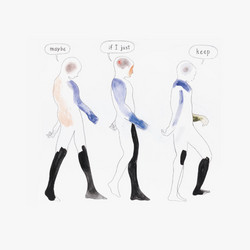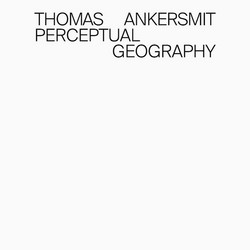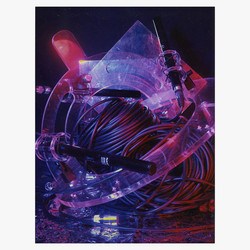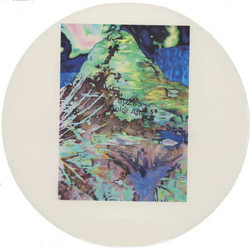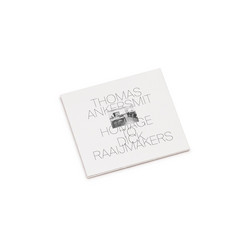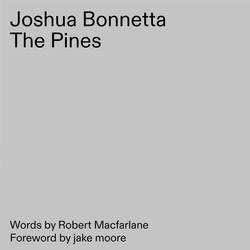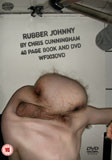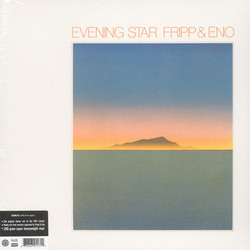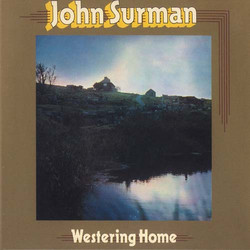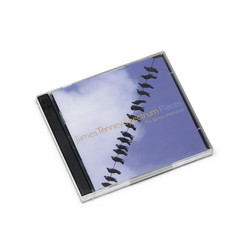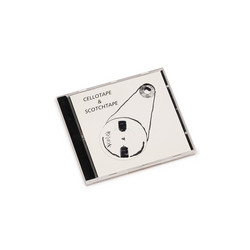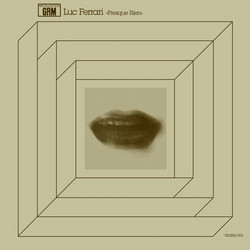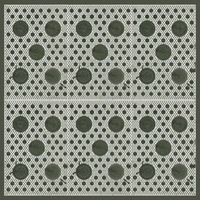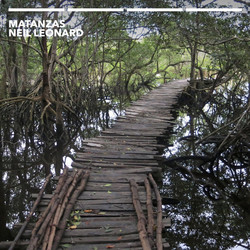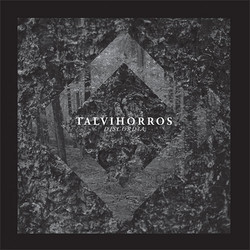New small repress available. This is a stunner! Inimitable percussionist Eli Keszler takes time out from 0PN’s ensemble to unfurl the incredible, dextrous rhythms and electro-acoustic jazz keen of his masterpiece, ‘Stadium’ - a spellbinding follow-up to his cherished ‘Last Signs of Speed’ LP and recent duties working on 0PN’s ‘Age Of’ and Laurel Halo’s ‘Raw Silk Uncut Wood’ sides. For us this is one of the defining albums of the year - an isolationist avant-jazz masterpiece that is a total must-hear for late-night listeners and, we reckon, anyone with a pulse and especially recommended if yr into Milford Graves, Max Roach, Han Bennink, Conjoint, Jan Jelinek, Miles Davis...
With both his close collaborators Daniel ‘0PN’ Lopatin and Laurel Halo smoking in the back seat of ’Stadium’, Keszler is the dynamic battery behind a shadow-strafing suite of spidery rhythms and inquisitive jazz gestures, effortlessly binding avant instrumental dexterity with cool blue harmolodic sentiment in a timeless style that could feasibly be dated to any point between the mid ‘70s heyday of jazz-fusion and right now, except for those spectacuarly subtle production flourishes that render this album pretty much indefinable. It’s both highly complex and entirely accessible - in the most thought provoking, evocative way.
Painted in diffuse strokes, darting flurries, and intoxicatingly rich tones, ’Stadium’ shows off Keszler’s expressive grasp of meter, texture and proprioception from myriad angles. Combined with floating Rhodes chords, sighing woodwind and field recordings, the results also demonstrate his uncanny capacity to transmute sound to limn landscapes, architecture and the sensation of being lost in a crowd. In the case of ’Stadium’ he uses this ability to specifically reflect his recent house move from the semi-industrial scape of South Brooklyn to the high rise vistas and street level bustle of Manhattan, beautifully connoting multi-storeyed perspectives and a sense of scale that zooms from the atomic to the panoramic via a gauzy, morphing middle-distance.
Within this space, Keszler navigates webs of sound as structurally fascinating as a spider’s web or a deep space image of a distant constellation, seemingly moving on eight legs along steep vertical and fast-flowing horizontal axes with a shocking grasp of precision and pointillism that will leave new listeners to his work scratching their heads, wondering how to programme such chicanery electronically. But as longer term followers of Keszler’s work know, the magick is all acoustic and haptic; physically converting impressions of images and emotions into overlapping geometries of geography and psychology - and in this case effectively projecting a singular, inverted form of sonic deep topography, if you will. Perhaps the most wondrous thing about ‘Stadium’ is the way it describes the paradoxical quality of keeping your head amid the chaos - a notion that will surely resonate with inner city dwellers as much as fans of the finest noise, jazz, avant-garde music of all stripes, and is firmly at the heart of ’Stadium’ and its amorphous milieu of sound.
Simply an incredible album.
With both his close collaborators Daniel ‘0PN’ Lopatin and Laurel Halo smoking in the back seat of ’Stadium’, Keszler is the dynamic battery behind a shadow-strafing suite of spidery rhythms and inquisitive jazz gestures, effortlessly binding avant instrumental dexterity with cool blue harmolodic sentiment in a timeless style that could feasibly be dated to any point between the mid ‘70s heyday of jazz-fusion and right now, except for those spectacuarly subtle production flourishes that render this album pretty much indefinable. It’s both highly complex and entirely accessible - in the most thought provoking, evocative way.
Painted in diffuse strokes, darting flurries, and intoxicatingly rich tones, ’Stadium’ shows off Keszler’s expressive grasp of meter, texture and proprioception from myriad angles. Combined with floating Rhodes chords, sighing woodwind and field recordings, the results also demonstrate his uncanny capacity to transmute sound to limn landscapes, architecture and the sensation of being lost in a crowd. In the case of ’Stadium’ he uses this ability to specifically reflect his recent house move from the semi-industrial scape of South Brooklyn to the high rise vistas and street level bustle of Manhattan, beautifully connoting multi-storeyed perspectives and a sense of scale that zooms from the atomic to the panoramic via a gauzy, morphing middle-distance.
Within this space, Keszler navigates webs of sound as structurally fascinating as a spider’s web or a deep space image of a distant constellation, seemingly moving on eight legs along steep vertical and fast-flowing horizontal axes with a shocking grasp of precision and pointillism that will leave new listeners to his work scratching their heads, wondering how to programme such chicanery electronically. But as longer term followers of Keszler’s work know, the magick is all acoustic and haptic; physically converting impressions of images and emotions into overlapping geometries of geography and psychology - and in this case effectively projecting a singular, inverted form of sonic deep topography, if you will. Perhaps the most wondrous thing about ‘Stadium’ is the way it describes the paradoxical quality of keeping your head amid the chaos - a notion that will surely resonate with inner city dwellers as much as fans of the finest noise, jazz, avant-garde music of all stripes, and is firmly at the heart of ’Stadium’ and its amorphous milieu of sound.
Simply an incredible album.
Details
Cat. number: SP099
Year: 2019
